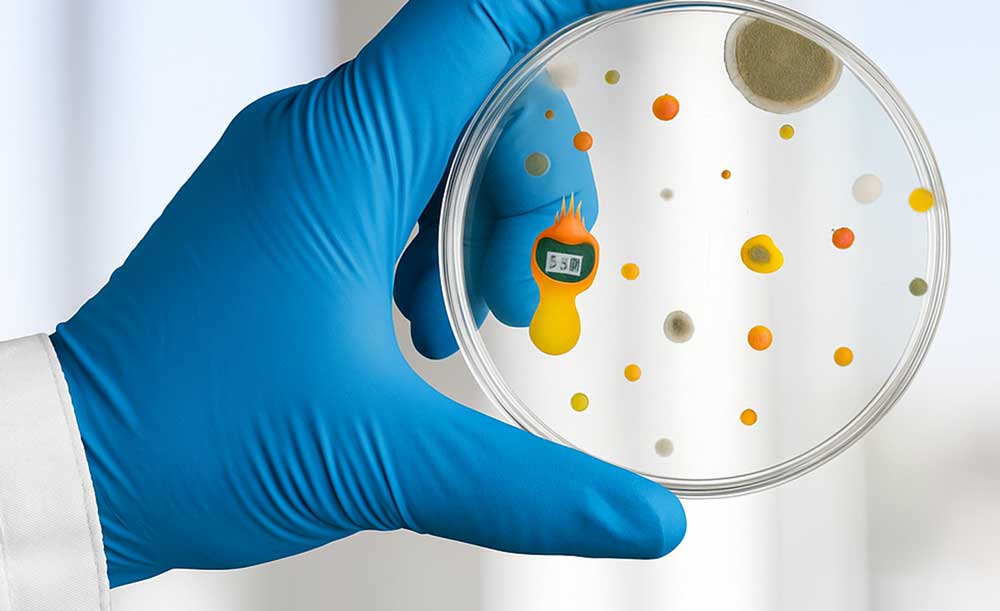Choosing the right mold testing company can feel overwhelming, so let us walk you through what to look for—and what to avoid—as you plug in your city or address below. Consider reading the guide under this tool: How To Choose the Right Mold Testing Company
Find a Mold Test Company Near You
Enter your city or address to find mold testing professionals nearby:
How To Choose the Right Mold Testing Company

✅Green Flags: What You Want to See
1. Certified Experts Who Know Their Stuff
When you scroll through the list of nearby companies, look for ones that highlight credentials like “ACAC‑certified” or “AIHA‑accredited.” Those initials mean the mold inspectors on staff have passed rigorous exams and stay current on industry best practices. It’s your first clue that they take mold seriously.
2. A Full‐Spectrum Inspection Process
A top‐tier mold test company won’t just spray for spores and go. They’ll:
- Chat with you about any leaks or musty smells you’ve noticed.
- Visually inspect every suspect corner—behind drywall, in crawl spaces, around windows.
- Use moisture meters to find hidden damp spots.
- Bring infrared cameras to spot temperature shifts where water might be lurking.
- Walk you through their findings in an easy‐to‑understand report.
3. Crystal‑Clear, Written Reports
After the inspection, you should get a report that spells out:
- Where mold was found (and where it wasn’t).
- What types of mold species showed up.
- Photographs of problem areas.
- Recommendations for next steps (remediation or simply keeping an eye on things).
If it’s vague or only delivered verbally, press them for details in writing—you deserve it.
4. Separation of Testing and Remediation
A trustworthy company will test first, then give you options for clean‑up (they may recommend partners). If the same team insists they must both test and remediate, you risk a conflict of interest. You want an unbiased assessment, not a sales pitch.
🚩Red Flags: What Should Make You Pause
1. No Proof of Certification
If you can’t find any mention of professional mold credentials on their website or in their brochure—ask them directly. Lack of certification means they may not have the training to detect hidden problems or interpret lab results correctly.
2. “Package Deals” That Bundle Testing + Removal
Sure, it’s convenient—but it’s also a potential upsell tactic. If they’re not willing to test independently first, move on. You want a clean slate report.
3. Hand‐Wavy or Missing Detail in the Report
If they tell you “we saw mold” but won’t say where, what type, or how bad it is, that’s a big warning sign. A pro report leaves you with zero guesswork.
4. Dodging Your Questions
You’re paying for expertise. If they’re dismissive, use too much jargon, or try to rush you off the phone, that’s not someone you want in your home. A good inspector welcomes questions and makes sure you fully understand what they’ve found.
Putting It All Together on This Page
As you enter your location above and review the local options:
- Scan their credentials first—look for certification badges or call to confirm.
- Ask about their inspection process—you want the five‑point check (interview, visual, moisture meter, thermal imaging, detailed report).
- Request a sample report—it’s common, and it shows they’re transparent.
- Clarify whether they separate testing and remediation—and if they don’t, thank them for their time and try the next company.
With these green flags and red flags in mind, you’ll be able to choose a mold testing pro who gives you the confidence—and the clear plan—you need to keep your home safe and healthy. Good luck!